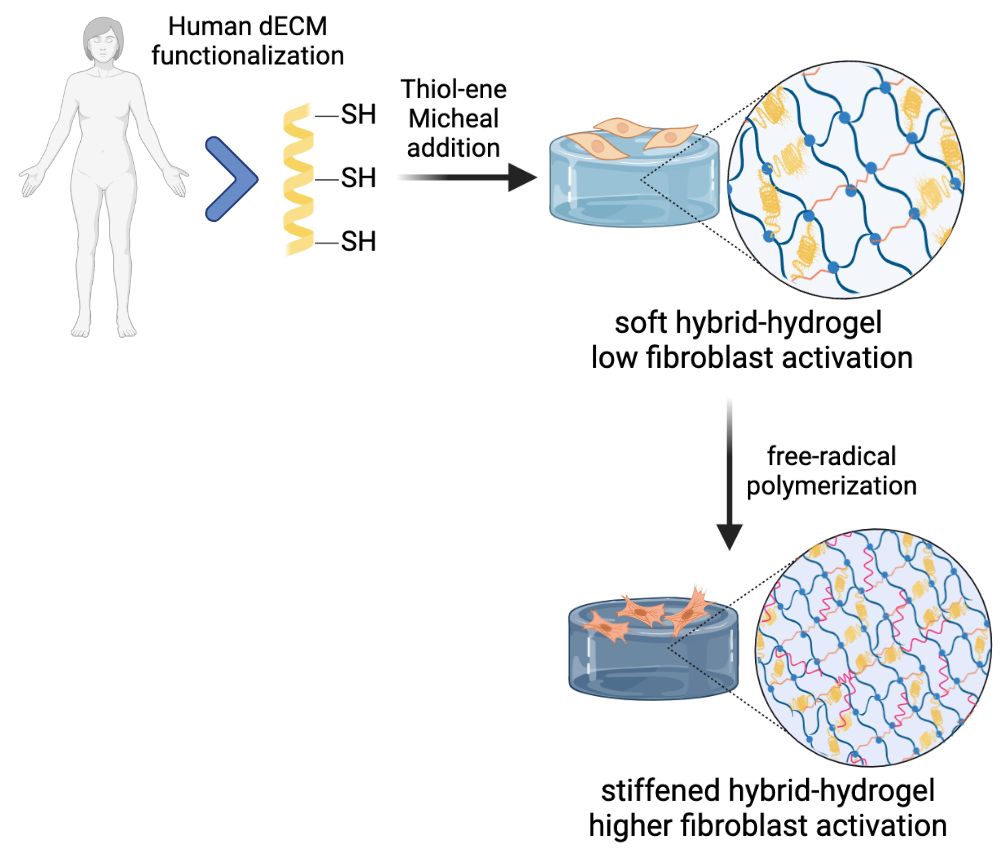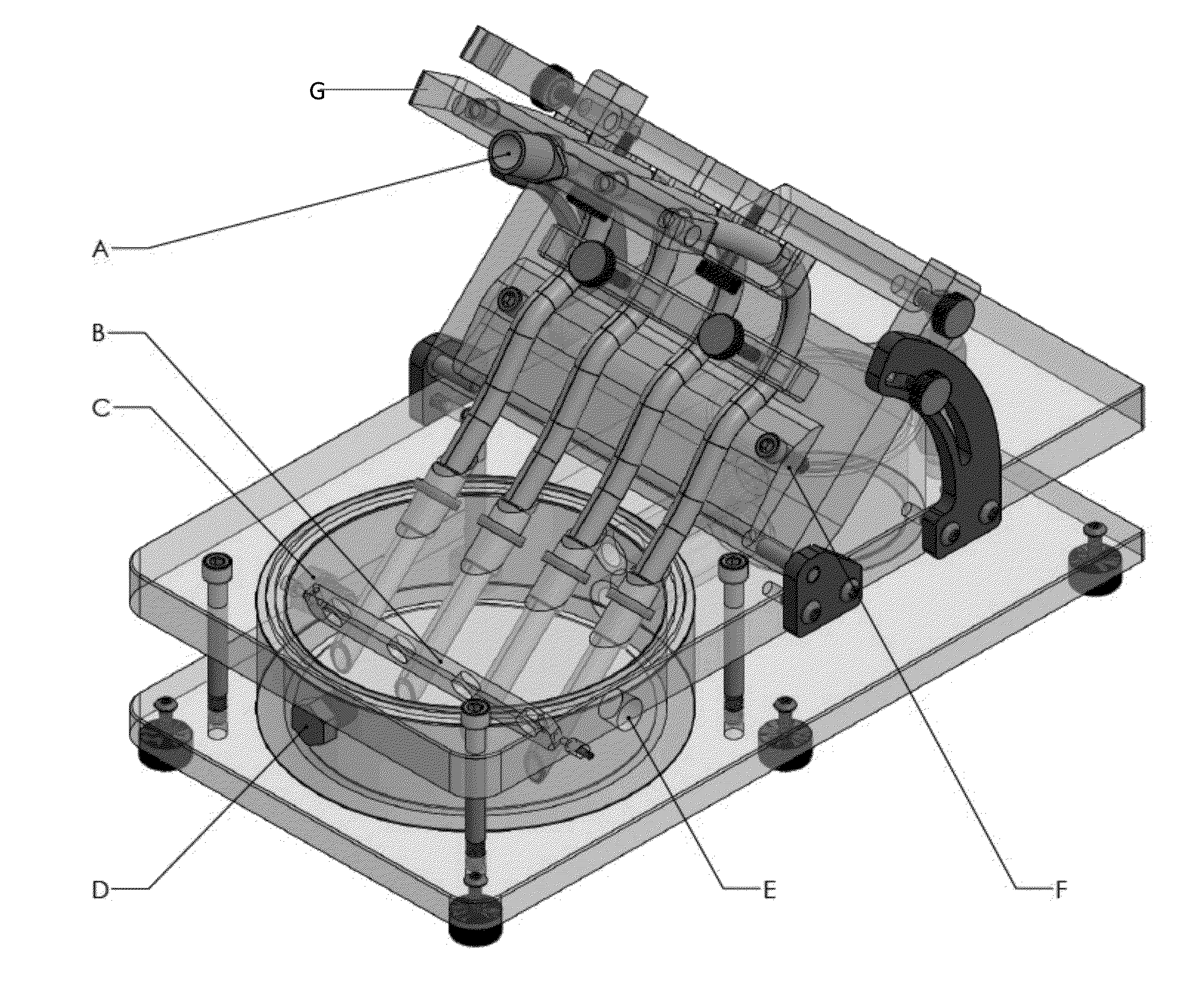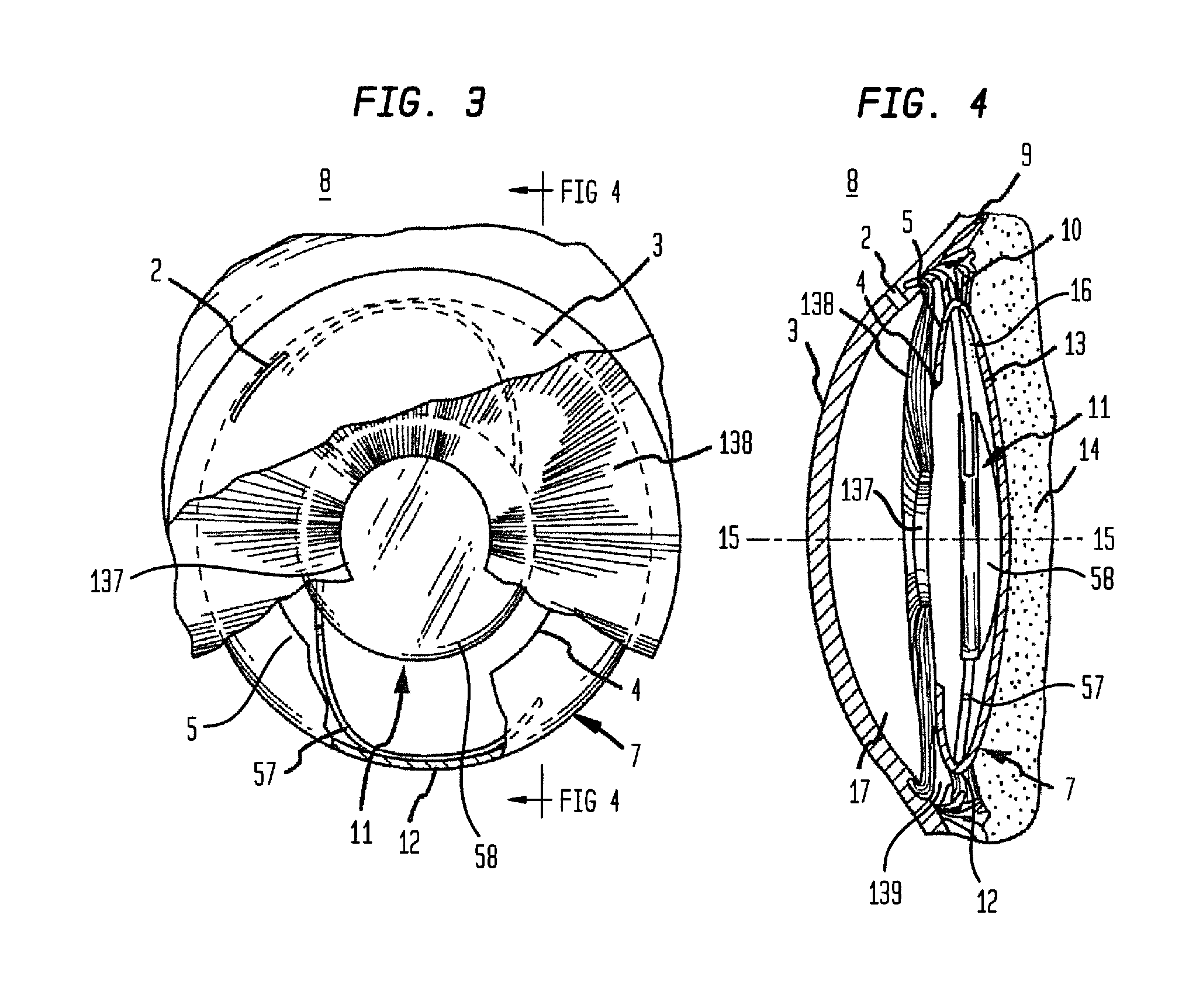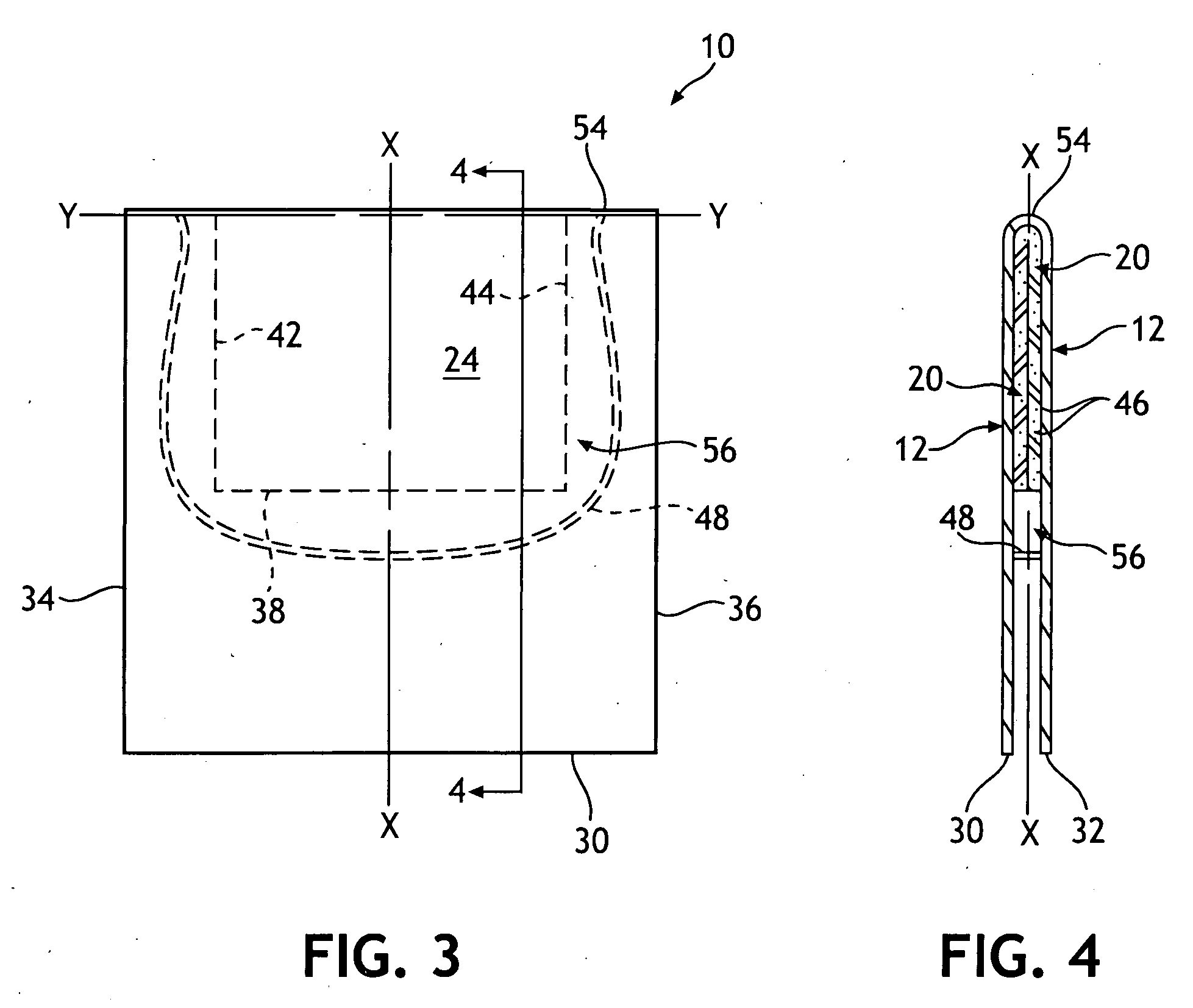Patents
Hybrid-hydrogels comprising decellularized extracellular matrix
Chelsea M. Magin, Cassandra Petrou, Rukshika Shalani Hewawasam, PCT/US2021/025539
Present invention relates in part to hybrid hydrogel scaffolds including a decellularized extracellular matrix (dECM) tissue, and a synthetic polymer. The dECM may include any suitable tissue including for example, lung tissue, heart tissue, heart-lung block tissue, skin tissue, liver tissue, pancreatic tissue, kidney tissue, and the like.
3D in vitro models of lung tissue
Chelsea M. Magin, Tyler J. D’Ovidio, Nicole Joanne Darling, US16/960,445
The invention relates to the discovery of tissue mimicking constructs and compositions that can be used to study the growth and development of cells in vitro. In certain embodiments, the invention provides methods of culturing cells on the tissue mimicking polymer microspheres. In other embodiments, the invention provides methods of treating a disease or disorder using the compositions and constructs of the invention.
Bilayered devices for enhanced healing
Chelsea M. Magin, Anthony B. Brennan, Bradley Jay Willenberg, Gregory Scott Schultz, Dylan Burton Neale, US2016/029122
Disclosed herein is a multilayered wound dressing comprising a first layer; the first layer including channels that facilitate neovascularization of a wound; and a second layer in contact with the first layer, the second layer having the same or different chemical composition as the first layer; where the second layer comprises at least one surface that has a texture and the direction of the texture is operative to facilitate cell orientation and growth. A method includes forming a first layer of a polymeric material; forming a second layer of the same polymeric material as the first layer on the first layer; and forming a textured surface of the second layer of the same polymeric material as the first layer, the textured surface being operative to facilitate directional cell growth when used in a wound dressing, where the first layer and the second layer are formed using an additive manufacturing process.
Surface topographies for non-toxic bioadhesion control
Leah Tonkin, Anthony B. Brennan, Shravanthi T. Reddy, Chelsea M. Magin, Ethan E. Mann, Bryce C. Stevenson, 2016/10/12, US15/291,441
Disclosed herein is an article that includes a first plurality of spaced features. The spaced features are arranged in a plurality of groupings; the groupings of features include repeat units; the spaced features within a grouping are spaced apart at an average distance of about 1 nanometer to about 500 micrometers; each feature having a surface that is substantially parallel to a surface on a neighboring feature; each feature being separated from its neighboring feature; the groupings of features being arranged with respect to one another so as to define a tortuous pathway. The plurality of spaced features provide the article with an engineered roughness index of about 5 to about 20.
Ventilator-endotracheal tube-lung bench top model
Chelsea M. Magin, Shravanthi T. Reddy, Rhea M. May, M. Ryan Mettetal, MiKayla M. Henry, 2015/10/29, US14/926,535
Disclosed herein is a multilayered wound dressing comprising a first layer; the first layer including channels that facilitate neovascularization of a wound; and a second layer in contact with the first layer, the second layer having the same or different chemical composition as the first layer; where the second layer comprises at least one surface that has a texture and the direction of the texture is operative to facilitate cell orientation and growth. A method includes forming a first layer of a polymeric material; forming a second layer of the same polymeric material as the first layer on the first layer; and forming a textured surface of the second layer of the same polymeric material as the first layer, the textured surface being operative to facilitate directional cell growth when used in a wound dressing, where the first layer and the second layer are formed using an additive manufacturing process.
Micropatterned intraocular implant
Kevin H. Cuevas, Shravanthi T. Reddy, Chelsea M. Magin, M. Ryan Mettetal, Anthony B. Brennan, Rhea M. May, Ethan E. Mann, 2015/8/7, US14/821,645
Generally, an intraocular implant having on the external surface a plurality of pattern surface elements disposed in spaced apart relation defining a tortuous pathway adapted to control a flow of fluid, or a flow of particles suspended in a fluid, or inhibits the growth or migration of cells. In particular, an intraocular implant which implanted between an intraocular lens and the surface of the posterior capsule of the eye inhibits growth or migration of residual lens epithelial cells after cataract surgery by providing structural barriers to reduce posterior capsule opacification of the eye.
Formulation and products for promoting skin cleanliness and health
Scott W. Wenzel, David W. Koenig, Douglas R. Hoffman, Candace D. Krautkramer, Brian Thomas, Cheryl Mocadlo, Chelsea M. Magin, 2007/12/14, US11/957,169
The present disclosure generally relates to a formulation. More particularly, the formulation may be applied to skin and/or used in combination with a personal care product to improve absorbance and leakage control of the personal care product, and to promote a more positive feel and comfort through improved skin cleanliness and health.
Method of making, using and applying a composition to an exposed surface
Chantel Buhrow, Bernard Minerath, Chelsea M. Magin, 2005/12/8, US11/297,674
Methods of making, using and applying a composition to an exposed surface are disclosed using a disposable applicator. The method of making the disposable applicator includes forming a back sheet and a liquid permeable substrate. The substrate is secured to the back sheet and a composition is applied to the substrate. The composition is capable of being transferred onto an exposed surface by wiping the substrate against the exposed surface. A seal is formed on at least a portion of the back sheet. The back sheet is then folded upon itself such that the seal extends completely around the substrate to protect the composition. The methods of using and applying a composition to an exposed surface include breaking the seal and opening the back sheet, grasping the back sheet in one hand and wiping the substrate onto the exposed surface.
Disposable applicator
Chantel Buhrow, Bernard Minerath, Chelsea M. Magin, 2005/12/8, US11/297,284
A disposable applicator is disclosed for applying a composition to an exposed surface. The applicator includes a back sheet, a liquid permeable substrate secured to one surface of the back sheet, and a composition applied to the liquid permeable substrate. The composition is capable of being transferred to an exposed surface by wiping the liquid permeable substrate against the exposed surface. The applicator also has a seal formed on at least a portion of an inner surface of the back sheet. The back sheet is then folded upon itself such that the seal extends completely around the perimeter of the substrate and protects the composition.









